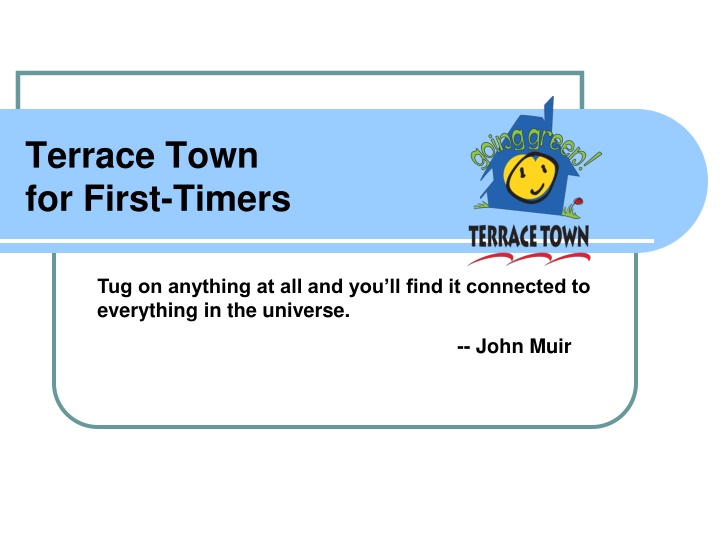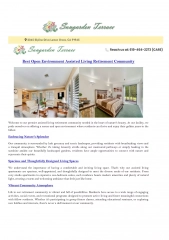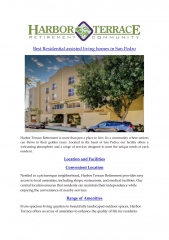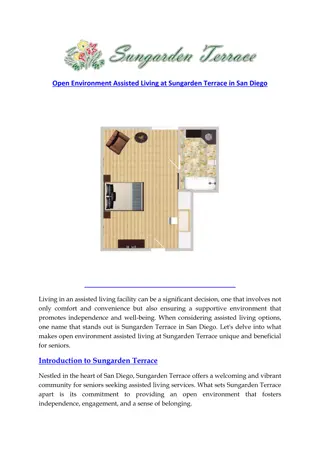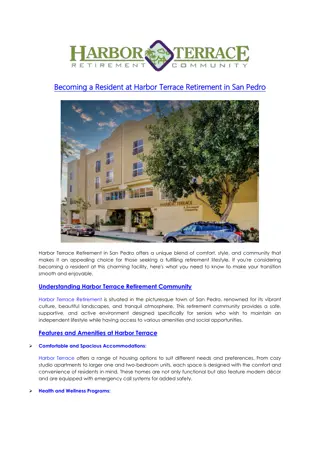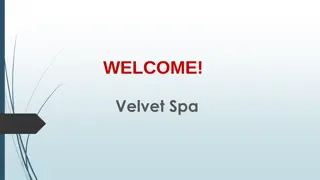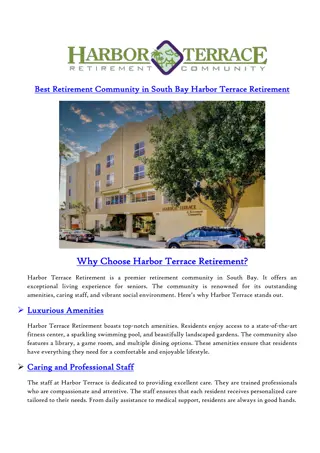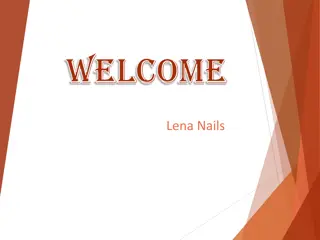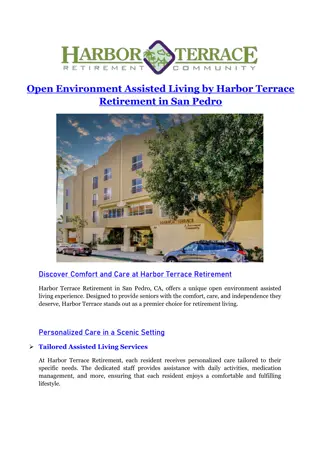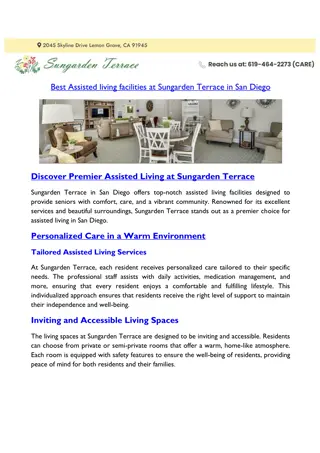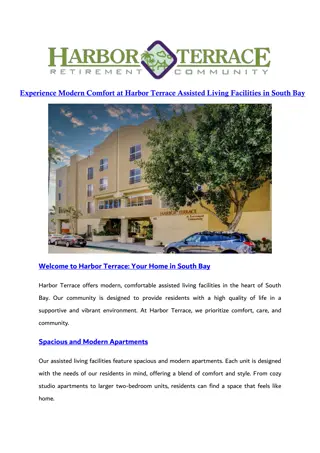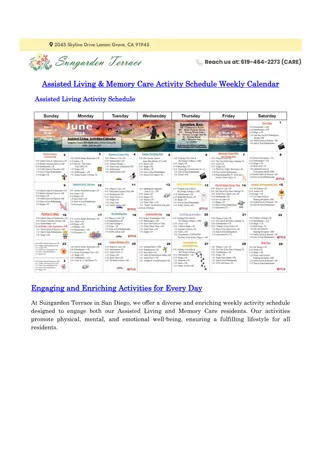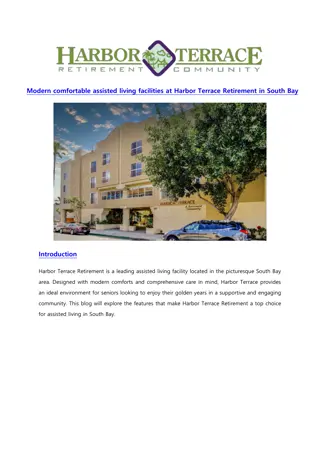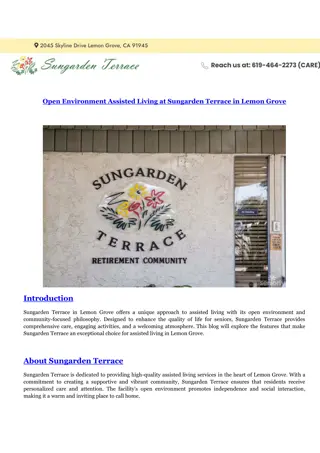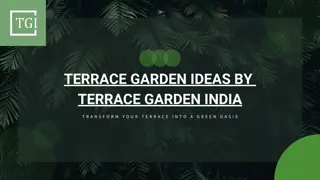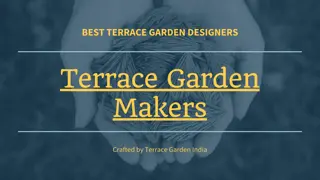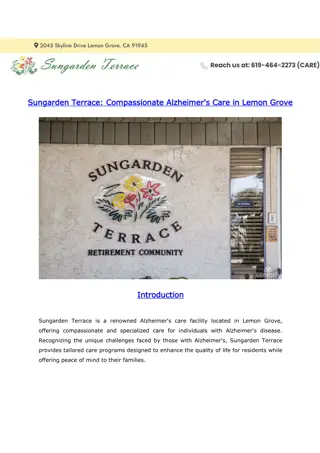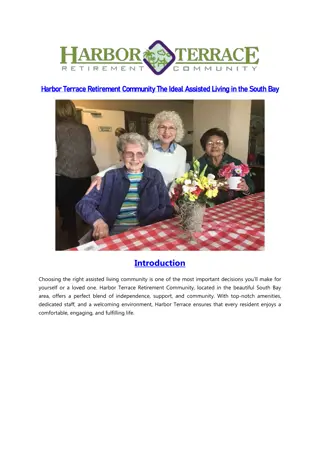Unveiling Terrace Town: A Sustainable Education Initiative
Explore the inspiring journey of Terrace Town, an educational program for elementary students, focused on sustainable city planning and architecture. Delve into the role of Monona Terrace in supporting this initiative, empowering students to create a positive impact on their environment. Discover the unique mentorship opportunities and the program's growth over the years, embodying a commitment to environmental education and community engagement.
Download Presentation

Please find below an Image/Link to download the presentation.
The content on the website is provided AS IS for your information and personal use only. It may not be sold, licensed, or shared on other websites without obtaining consent from the author.If you encounter any issues during the download, it is possible that the publisher has removed the file from their server.
You are allowed to download the files provided on this website for personal or commercial use, subject to the condition that they are used lawfully. All files are the property of their respective owners.
The content on the website is provided AS IS for your information and personal use only. It may not be sold, licensed, or shared on other websites without obtaining consent from the author.
E N D
Presentation Transcript
Terrace Town for First-Timers Tug on anything at all and you ll find it connected to everything in the universe. -- John Muir
Why Monona Terrace? Architecture education mission because of Frank Lloyd Wright design LEED Silver certification drove sustainability theme Going Green! in 2008. It is still a focus of the program.
Still going strong Terrace Town has been offered biennially since 2000 to Dane Co elementary students It has grown from 350 students in its first year to over 1400 in recent years
Program Goals Students will learn how cities are planned, what makes a quality sustainable city, and how they can participate in the improvement of their environment. Educators will develop curriculum about the built environment that supports academic standards. The program connects schools to community resources, and engages architecture and planning professionals in the education of youth in their community.
Monona Terraces Role To support and provide resources for teacher and mentor participants Host and coordinate in- service and culminating events Act as a clearinghouse for curriculum, books, websites, materials
We are Award Winning! Monona Terrace staff received Special Jury Recognition for the Golden Cube Award awarded by the International Union of Architects
A Multi-Phase Program February Teacher & Mentor Workshop- Date TBD April 12- 13, School Days at Monona Terrace 2.5 hour visit April 14, Open House at Monona Terrace
Mentor/Classroom Partnership Our Volunteer Mentors are professionals and students in sustainable fields, architecture and planning.
Mentors are asked to Visit a classroom 4-6 times Present and facilitate activities Attend the School Building Day at Monona Terrace
Successful Partnerships Mutual respect of partners time Mutual respect of partners expertise Communication prior to visit that identifies what mentor will present and when Teachers will share any particular teaching objectives and will advise on age- appropriateness. Mentors will add value by adding real-world experience to class activities and discussion
Scheduling! Teachers must recognize that mentors volunteer work time and do not always have the flexibility to move their visits Mentors must recognize that classrooms adhere to strict schedules and that it can be difficult to reschedule
Great activities with mentor as facilitator Conduct a walk around the block Leading the discussion of what should go in the city And where Learning about scale Green buildings and sustainable city design
The Curriculum Box City from the Center for Understanding the Built Environment (CUBE) www.cubekc.org
The Curriculum Is not an add-on Meets standards in social studies, math, science, language arts, and visual arts Uses the design process Imagining the world differently from the way it is Develops visual literacy Project-based Connects to community with rich, real-life applications, encouraging participation
What is our communitys sense of place? Historic resources that allow compare/contrast of then and now What are the landmarks or special places, both everyday and extraordinary? Design a postcard or bumper sticker for your neighborhood or community. Map the special places: monuments, significant buildings, your walk to school, your favorite park
What makes a community livable and sustainable? Does the community incorporate . Mixed Use Transportation Options Diversity Urban Centers Public Spaces Community Identity Preserve Natural Resources Open Spaces Taken from Livability 101 : http://www.mayorsinnovation.org/images/uploads/pdf/7_- _Livability_101.pdf
What makes a community livable and sustainable? Are the buildings green? Building Siting Reusing Buildings Daylighting Green Roofs Materials Energy Efficiency Water Efficiency Renewable Energy . Among others
What do we put in our box city? Start with a bill of rights What places do we need? Instead of McDonald s, think places to eat Brainstorm ideas, then develop rules that ground Land use lessons: Geoblock game Develop design guidelines and revisit throughout the process Who makes decisions? Role Play!
How will we build it? You ll build on a lot size no larger than 16 x 36ft per school. Typically the base is a tarp/s from a hardware store. Materials range from recycled to craft supplies like pipe cleaners and construction paper. The best building material is recycled stuff from home. Focus is on process, not product!!
How will we build it? Occurs in last few weeks (allow 3-4 at least) leading up to School Event All hands on deck! Art teacher can be a good partner Students can work individually to create homes & team up to do larger buildings
How will we build it? Scale vs. Proportion Some care about precise scale and others don t, depending upon their academic objectives For those who use pre-made boxes, the recommended scale is 1/8 Get creative with homemade engineer s scales out of popsicle sticks or other materials
Things to do soon Begin to review BC curriculum (and order boxes if you wish) Determine size of your city- you can use as much of a 16 x 36 ft lot but not more Book your bus for Monona Terrace trip Start collecting materials Document your classroom activities for display on a posterboard at Terrace Town- take photos! Not too early to introduce books & vocabulary on cities, architecture, sustainability
Terrace Town Cities that work for kids work for everybody. -- Ginny Graves
You Can Do This! Questions? Heather Sabin (608) 261-4015 hsabin@mononaterrace.com
